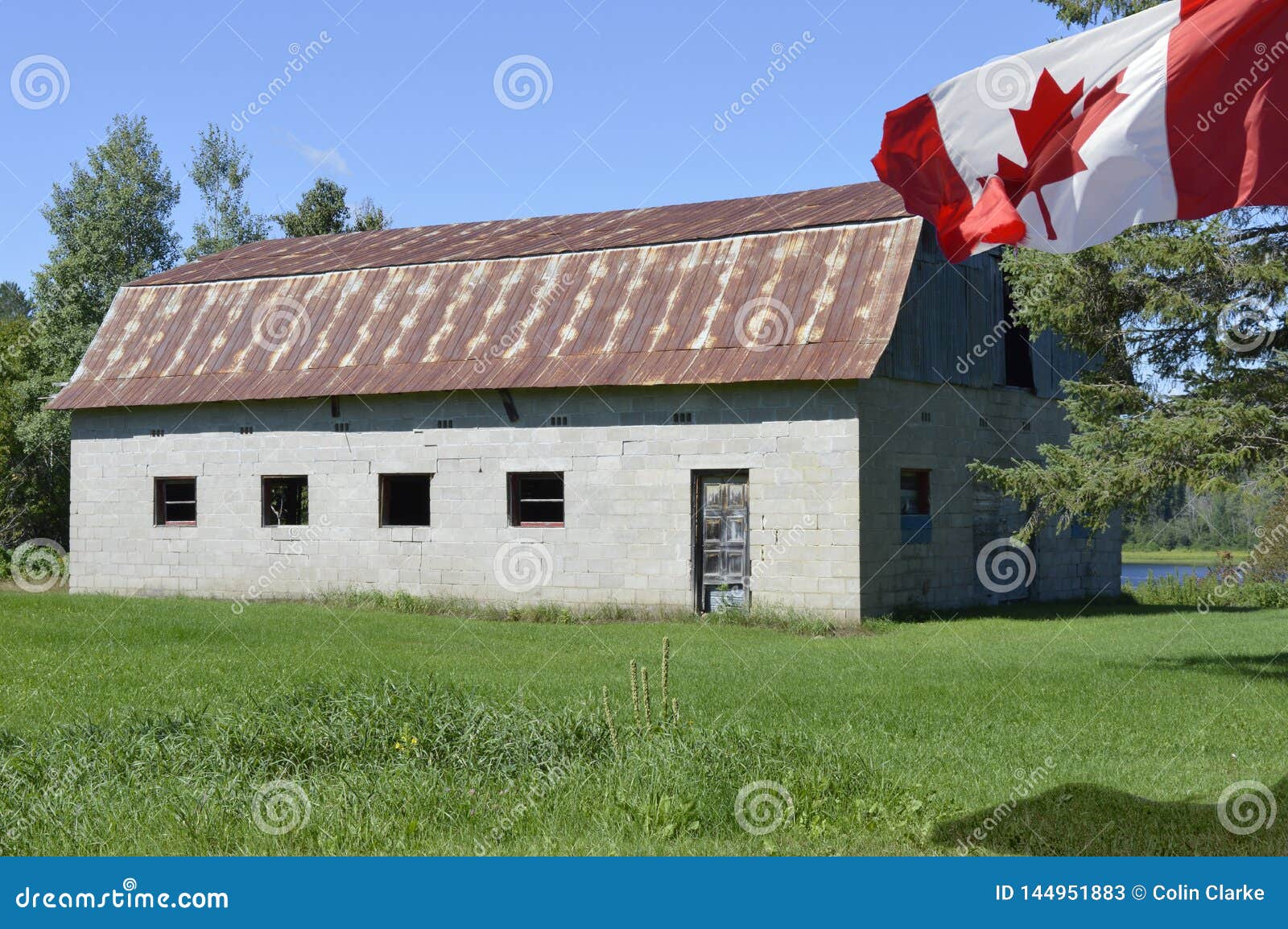


About 90 slaves are believed to have lived on the site. There, archaeologists found evidence of one of Maryland's largest slave villages on part of a former 748-acre plantation, known as L'Hermitage, that was owned by French immigrants. In a search for clues to the lives of slaves on the plantations in the area, the park undertook an archaeological dig on the nearby Best Farm, a 274-acre piece of the park. Other changes are in the works as the park prepares for the 140th anniversary of the battle next year. In a park already crisscrossed by major highways, including Interstate 270, Trail said she worries about being swamped by traffic or having the park dissected by new sewer and water lines. Park officials also fret about encroaching homes, especially from the nearby town of Urbana, the site of a massive new development. But it had larger, strategic importance for Union forces, which bought time to build up defenses in Washington. The battle was a tactical victory for the Confederacy. It was dubbed "The Battle That Saved Washington" in a 1996 book titled "Monocacy," by B. The farmhouse restoration comes as park officials work to raise the profile of an obscure Civil War engagement. "So this is very much a major focal point of the battlefield." "There was fierce fighting right in this area," Trail said, pointing out the spot where elements of the Union's 6th Army Corps once raised their rifles in a deadly ambush of a Confederate unit expecting to encounter nothing but a bunch of green, short-term conscripts. Trail, superintendent of the park, said she hopes that, in time, the first floor will be opened to the public with exhibits about the family and the farmhouse. National Park Service officials hope to eventually restore the interior of the house, which is now part of the Monocacy National Battlefield. The mahogany porch, including gracefully cut scroll brackets, awaits a coat of finish as contractors put the last touches on a two-year, $450,000 project to restore the Worthington house's exterior.

Even after the federal government purchased the structure, weather and time battered its walls and chipped its paint, and the building became an abandoned shell.īut these days, its bricks shine with the luster of fresh cranberry-colored paint, and its tin roof has been replaced by new slate. Years and years later, the house sheltered migrant farmworkers, its elegant parlor and bedrooms subdivided into mean quarters for several families, its walls covered with graffiti.

And even before the fighting died away, the farmhouse, like others in the area, was pressed into duty as a field hospital. Worthington's family during the fighting, including 6-year-old Glenn Worthington, who later, as a Frederick judge, wrote the first comprehensive history of the event. During the battle in July 1864, the house was a staging area for Confederate forces. What these bricks have seen: Perched above the Monocacy River, the English manor farmhouse once lorded over a prosperous antebellum estate tilled by slaves.īuilt around 1850, it later became one of the focal points of a small but significant battle in the last stages of the Civil War.


 0 kommentar(er)
0 kommentar(er)
